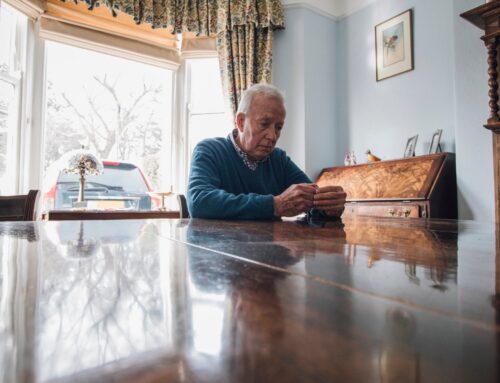Maria Shriver is on a mission to make women aware of the Alzheimer’s gender gap.
An estimated 5.4 people are living with Alzheimer’s disease in the U.S., and some 3.2 million of them are women, according to a story on AARP.org. That means women receive two-thirds of all diagnoses — and researchers still don’t yet know why.
Longtime Alzheimer’s advocate Maria Shriver, whose famous father, Sargent Shriver, died from the disease in 2011, is on a mission to make women aware of the gender gap and to help science target its cause. Shriver, 61, calls it “the ultimate women’s empowerment issue.”
To that end, she kicked off her second countrywide Move for Minds event in early June. In partnership with Equinox gyms in eight cities, participants pledged to donate or raise at least $250 for the Women’s Alzheimer’s Movement’s Cure Alzheimer’s Fund.
Shriver founded the organization in 2015 to support women-based Alzheimer’s research; it’s raised more than $50 million for research into factors behind women’s higher risk. (The medical community now generally agrees that the gender disparity is not only the result of women living longer; something else is at work.)
Gyms in Boston, Dallas, Los Angeles, Miami, New York, San Francisco, Washington and Irvine, Calif., hosted the three-hour fundraisers, starting with a special one-hour “Move for Minds” exercise classes. They included cardio workouts — regular aerobic exercise has been shown to reduce the risk of cognitive decline — and movements were meant to “spark additional neural activity in the brain,” such as using your left hand to do what you’d usually do with your right. The theory is that by breaking from established patterns you can create new pathways in the brain that may ward off dementia.
Shriver is hoping the event will draw millennial women, many of whom are or will become their parents’ — most likely their moms’ — caregivers. And, as the event will make clear, establishing healthy habits in your 30s, 40s and 50s is likely to help lower your risk of developing Alzheimer’s later in life.





